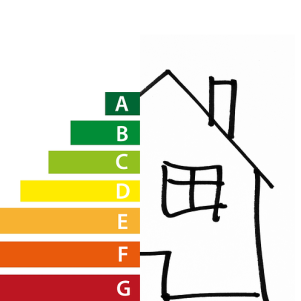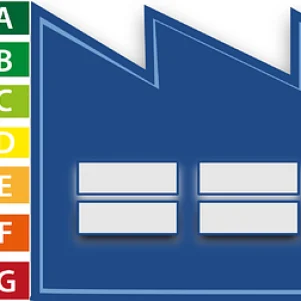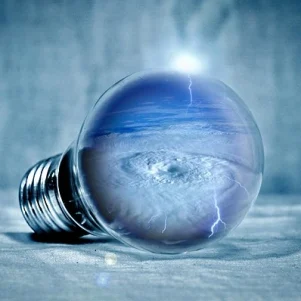In the development of renewable energy projects in Spain, project developers have in recent years repeatedly encountered problems in identifying and securing available grid capacity for their projects.
The problem originates from the limited capacity – for technical reasons – of the electricity grid to feed in additional electrical energy. Accordingly, the capacity to connect additional plants (or to expand existing plants) is limited at the various connection points.
The previous regulation
The previous regulation has led to a lack of transparency regarding available capacities for successful project development. In this respect, in the development of projects in Spain, it was usually necessary to deposit the security of 40 EUR/kWh prescribed in Spain on mere “suspicion” or based on insider information, to find out in a subsequent formal application procedure whether sufficient grid capacity was available at the respective connection point. It often turned out (many weeks later) that no grid capacity was available and the access to the grid was denied!
The time and costs associated with this procedure are obvious – and permanently unsustainable for many project developers. In some cases this also led to inefficient behaviour, such as the deposit of collateral and the hasty application for numerous grid connection and feed-in permits was common practice. This is often difficult for foreign investors to understand!
The innovations introduced by Royal Decree-Law 23/2020, dated 23 June 2020, and Royal Decree 1183/2020, dated 29 December 2020, intended to improve the situation.
Internet portals to identify free network capacity
Royal Decree 1183/2020 provides for the creation of internet portals by the grid operators, which, among other things, facilitate the application for grid connection and feed-in permits, the tracking of the status of the permit procedure and the provision of various information regarding the different connection points.
As a special innovation, Article 5.4 of the Royal Decree 1183/2020 stipulates that these internet portals should also provide information on existing grid capacities at the various connection points. The Spanish energy authority CNMC is responsible for determining the individual criteria in this respect.
Hybridization of projects
An interesting peculiarity arises regarding the hybridization of already existing plants. In this respect, Article 27 of Royal Decree 1183/2020 stipulates that for the hybridization of already existing plants by adding renewable-energy modules, the resulting electrical energy can be fed into the same connection point to which the previous plant is already connected.
In this respect, it is possible to apply for an extension of the previously existing grid connections and feed-in permit without the generally applicable criterion of chronological priority. In other words, applications for the extension of already existing grid connections and feed-in permits may be given priority in such cases regarding other projects, even if they have submitted an earlier application.
Criteria regarding the modification of projects
The Royal Decree-Law 23/2020, of 23 June 2020, also introduced a series of criteria relating to the validity of grid connection and feed-in permits in the event of a modification of projects. Until now, this issue was often disputed and, in case of doubt, led to the need to reapply for the permits.
Essentially, the installation must comply with the characteristics designated in the permit application. In principle, none of the following features may be changed after the application for a grid connection and feed-in permit:
- The power generation technology
- The capacity of the installation
- The geographical location
If any of these features is modified, a new authorization procedure must be initiated. If a plant is modified in any other respect, the project documents must be modified accordingly and reported to the grid operator.
Effects in practice?
In practice, it remains to be seen whether the new regulation will create a fairer basis for identifying and securing free grid capacities. In particular, it remains to be seen whether the newly created transparency can also lead to more effective project development in Spain.
If you need further information on grid capacity or grid connection and feed-in permits in Spain or advice in the field of energy law, please do not hesitate to contact Mariscal & Abogados. Our German Desk in the field of international project development and energy law will be pleased to assist you.
Pia V. Kohrs
If you need further information regarding the development of energy projects in Spain,





